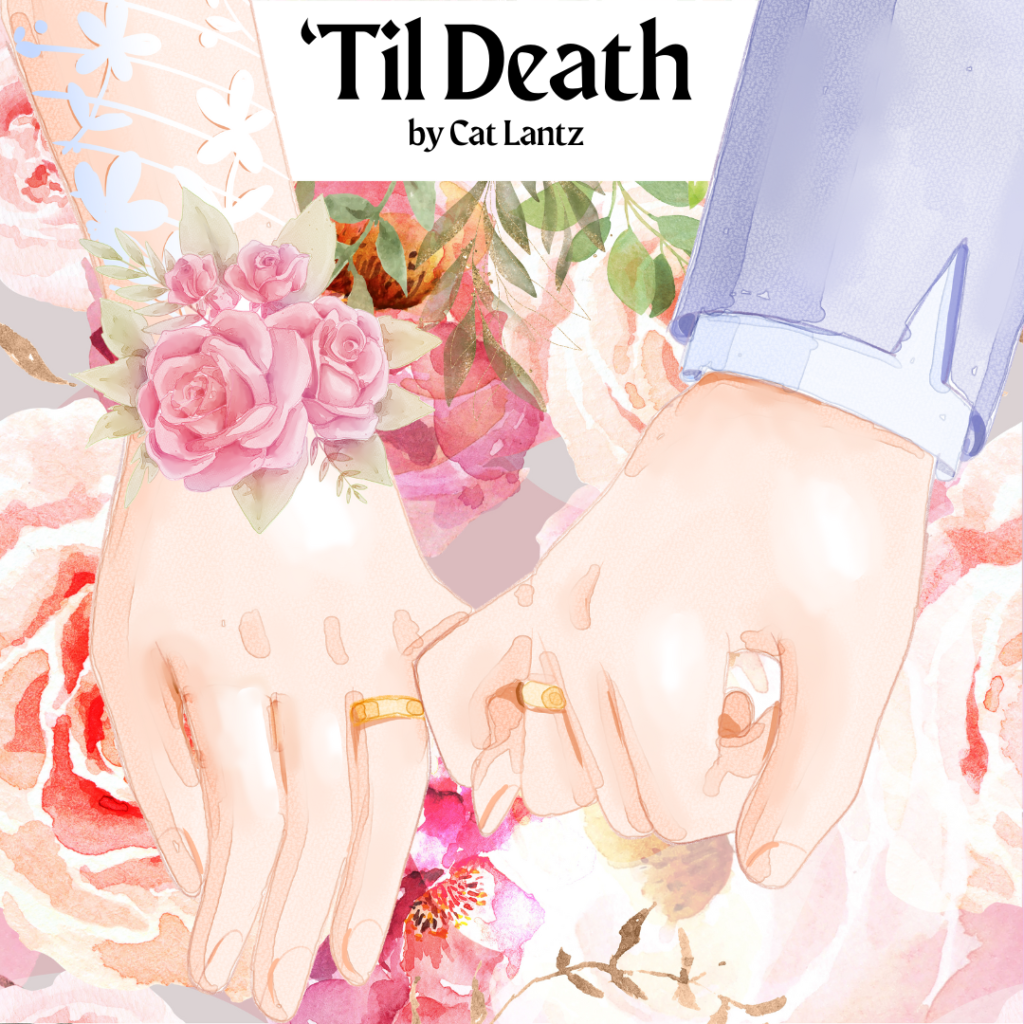This is a continuation of a series of responses to Dead Blondes and Bad Mothers by Sady Doyle. You can find part one in our Fall 2023 issue, or by clicking here.
💀💀💀
Western culture typically posits marriage as a blissful event—the reward at the end of Shakepearean comedies and Disney movies and every deserving woman’s life.
I never wanted to get married. I always swore I wouldn’t. I hadn’t really seen any successful marriages, and it was easy to say that marriage was just a form of control. And since I was raised in a Southern Baptist home, marrying a man was the only option. Not only could I not consider marrying someone outside the male gender, marriage is what I was supposed to want. Bible study was even separated so they could focus on teaching us how to be “godly wives.”
And this section of the book, and my response to it, are by no means saying marriage is evil. Like the author, I am also happily married to a man. But what is explored is how “. . . the marriage that is meant to be our happy ending … instead turns out to be our end.” Like the true crime I discussed previously, Doyle focuses this horror through the lens of reality: the murder of Laci Peterson and her unborn child.
I was only seven when this happened in 2002, so I don’t remember the resulting media circus. But you might. The case was on talk shows, magazines, evening news. Oh, and if it wasn’t clear—her husband killed her. Before his arrest, he and his father blatantly excused his affair, insisting there was no motive to murder his wife because he was just a normal guy. Bold, brazen, and unfortunately, yes, normal. Looking at laws and statistics provides a grim picture: violence was not something unfortunate that happened within marriage—violence was marriage.
With all of this inherent violence, is there any wonder we have tales of the monstrous wife? The fear inverted, a reciprocation? Yet another example of how othering can be used to make violence seem justifiable? Doyle doesn’t just address this through folklore and fiction: they also highlight the very real danger that awaits those who do not fit the requirements of a patriarchal marriage. Those who do not desire men; those who cannot or will not bear a man’s children.
Female sexuality can exist only with male permission, in answer to male need, and in fact, female desire is so inherently subversive that it’s best to just pretend it doesn’t exist.
Throughout this section of the book, all I could think of was Cassandra Khaw’s The Salt Grows Heavy. This book, to me, is the epitome and answer to the lamias, the selkies, the sirens. This time, however, it is told from the perspective of the scaled wife. Not the one who seeks to chain her, not the one who seeks to kill her. I want to leave you with a quote of Khaw’s:
“I eat him alive. After everything that he has done, this seems like a fair restitution.”
Join me next time as I dive into part three of Dead Blondes and Bad Mothers: Mothers.

